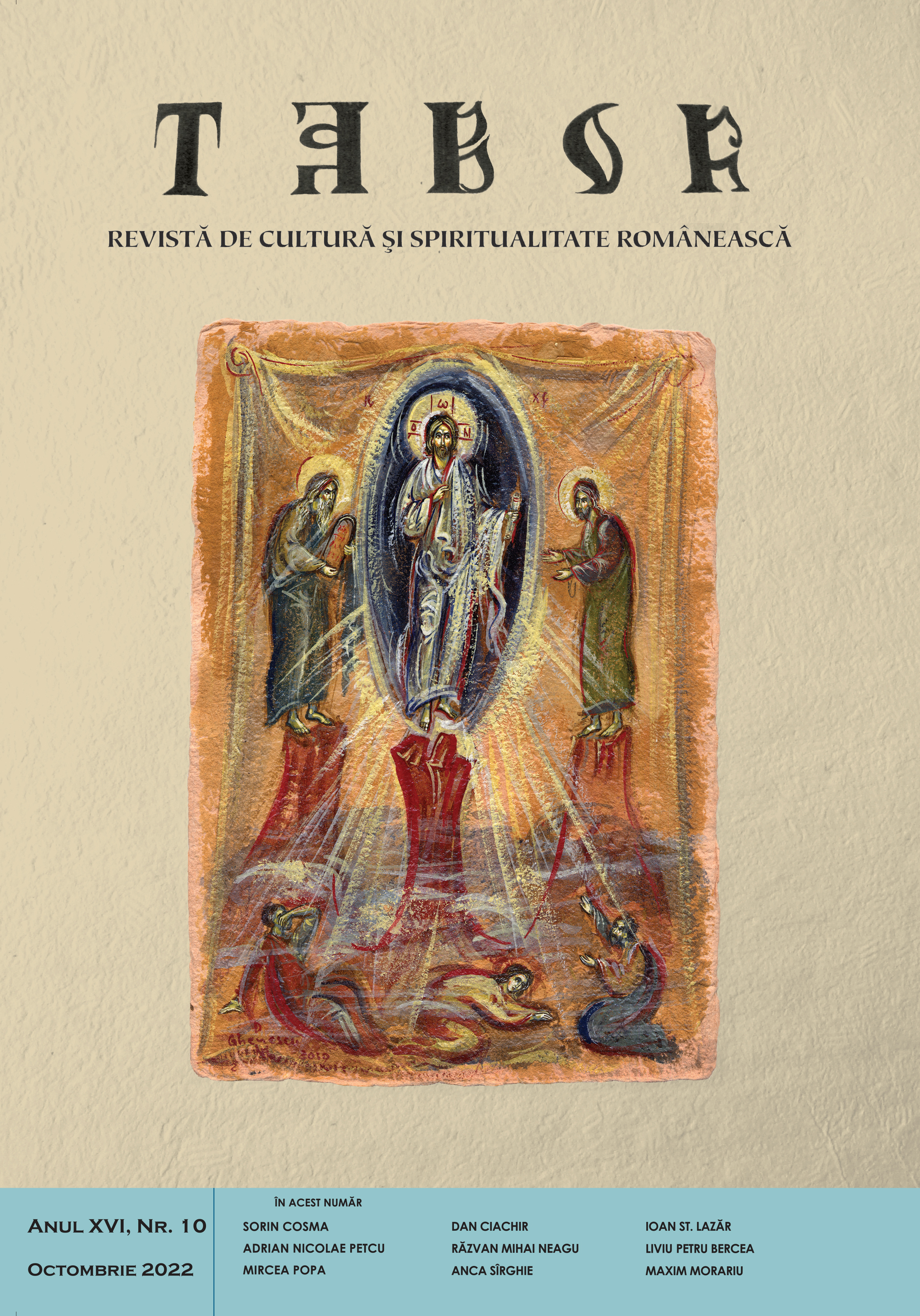Biserica Ortodoxă Română între autonomie şi controlul statului. Aspecte din perioada guvernării antonesciene (1941-1944) (II)
Romanian Orthodox Church between autonomy and State control. Aspects of the Antonescu government period (1941-1944) (II)
Author(s): Adrian Nicolae PetcuSubject(s): History of Church(es), Political history, Social history, WW II and following years (1940 - 1949), Eastern Orthodoxy, Cultural Essay
Published by: Renaşterea Cluj
Keywords: Romanian Orthodox Church; Antonescu government; Department of Cults; Legionary Movement; involvement of priests in politics; monasticism;
Summary/Abstract: The period of the Antonescu government (February 1941 – August 1944) was one of the most tumultuous in Romania’s recent past. Studied especially because of the Holocaust and its participation in the Eastern war, the Antonescu period has been less researched on chapters related to domestic politics, such as economy, society, health and especially religious life. In the present study, we highlight some aspects related to the role that religious faith, as viewed by Marshal Antonescu, was supposed to have in the Romanian society, afflicted by the war. During that period, the Church had to face a challenge: what kind of a relationship it should have with the Antonescu state during a time when the state promised a reform? To answer this question, we try to present some aspects of the reform initiated by the Head of State, Marshal Ion Antonescu and the reactions of the Church elders. We will present the following chapters: 1) Organization of the Department of Cults, 2) Religious policy of the Antonescu government, 3) The issue of the priests involved in the legionary rebellion, 4) Reorganization of the Romanian Orthodox Church and 5) Reformation of monasticism.
Journal: TABOR. Revistă de cultură şi spiritualitate românească
- Issue Year: XVI/2022
- Issue No: 10
- Page Range: 27-49
- Page Count: 23
- Language: Romanian
- Content File-PDF

